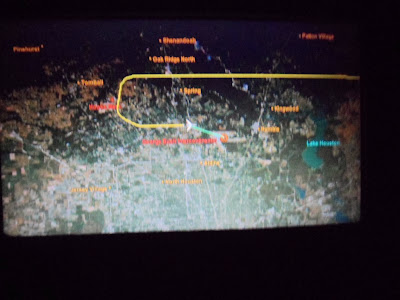Introduction
Nestled in the heart of the Canadian Rockies, Banff National Park is a breathtaking destination known for its towering peaks, pristine lakes, and rich history. As Canada’s first national park, established in 1885, Banff has become a world-renowned haven for outdoor enthusiasts and nature lovers. If you're visiting for the first time, this guide will help you navigate your journey from New Jersey, USA, explore must-see attractions, and appreciate the park’s fascinating history.
Getting to Banff National Park from New Jersey
Traveling from the US, e.g. New Jersey, to Banff requires a combination of air and ground transportation. The most efficient way is to fly to Calgary International Airport (YYC), which is the closest major airport to Banff. Direct flights from Newark Liberty International Airport (EWR) to Calgary are available, typically taking around 5–6 hours. Upon arrival in Calgary, you can either rent a car. Alternatively, adventurous travelers can opt for a road trip.
Must-Visit Attractions
Banff National Park boasts a variety of stunning locations that should be on every first-time visitor’s itinerary:
Lake Louise – Famous for its turquoise waters and surrounding glaciers, this iconic lake is perfect for canoeing, hiking, and photography.
Moraine Lake – Often considered even more picturesque than Lake Louise, Moraine Lake offers breathtaking views of the Valley of the Ten Peaks.
Banff Gondola – Take a ride to the summit of Sulphur Mountain for panoramic views of the Rockies.
Johnston Canyon – A scenic hike featuring waterfalls and dramatic canyon walls.
Bow River Bridge – A historic structure offering stunning views of Cascade Mountain.
Cave and Basin National Historic Site – The birthplace of Canada’s national parks system, showcasing natural hot springs and historical exhibits.
The History of Banff National Park
Banff’s history dates back to 1883, when railway workers discovered natural hot springs at the base of Sulphur Mountain. To protect the area, the Canadian government established Rocky Mountains Park in 1885, later renamed Banff National Park in 1930. The park played a crucial role in Canada’s tourism industry, with the construction of the Banff Springs Hotel in 1888, attracting visitors from around the world.
Banff is also home to Indigenous history, with the Stoney Nakoda Nation having lived in the region for centuries. Their cultural influence remains an integral part of the park’s identity.
Conclusion
I haven't been there, but I can imagine, my first visit to Banff National Park will be an unforgettable experience, offering a mix of natural beauty, adventure, and history.
































